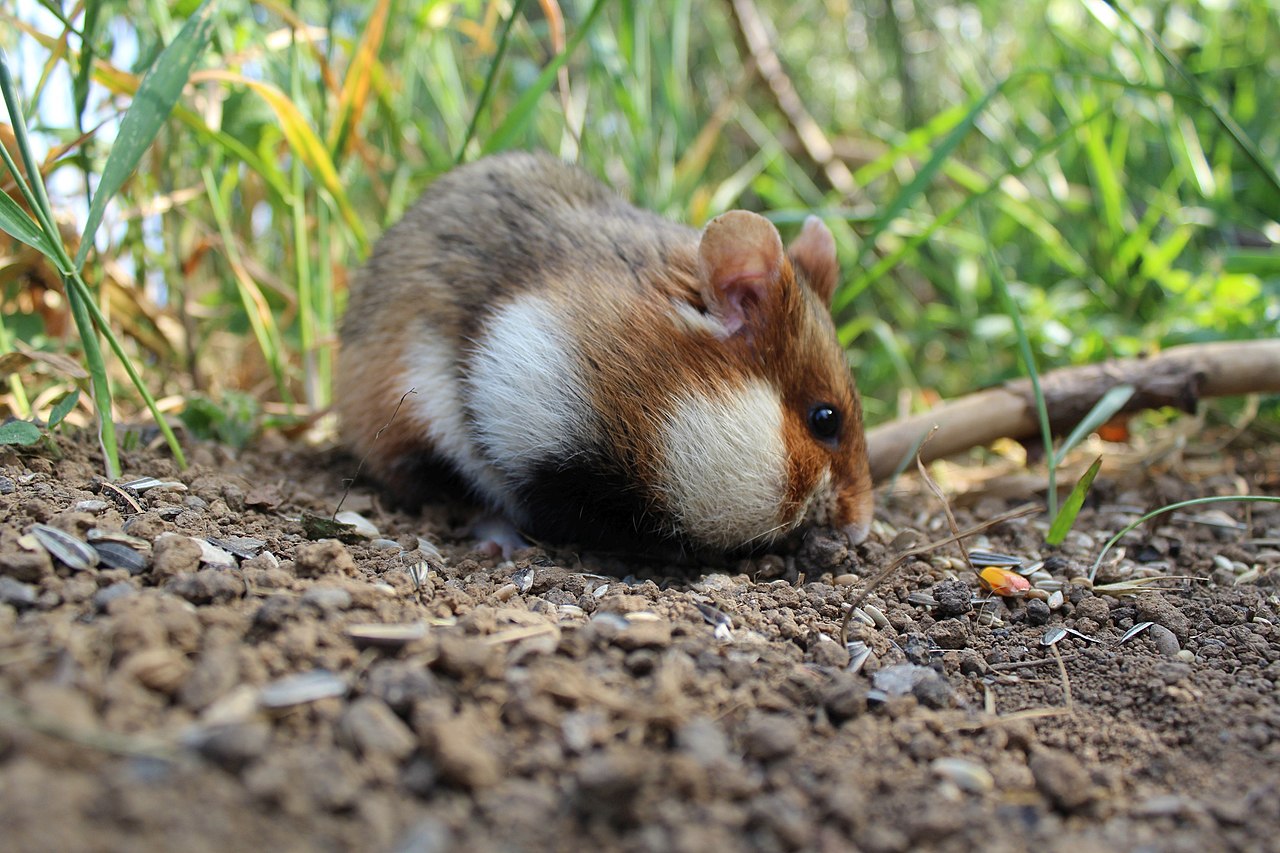Wild hamster is under threat again, questions asked about cost

The protection of the rare Korenwolf, or European wild hamster (Cricetus cricetus) has cost the Limburg provincial authorities some €20 million since the beginning of the last century and questions are being asked about the continuation of the programme, the Telegraaf reported.
The wild hamster made a comeback in 2006 and its discovery led to at least one major building project being suspended in the 1990s. In 2011, efforts to promote its presence in its Limburg habitat resulted in some 500 of the small rodents living in the wild, according to research institute Alterra.
Limburg is now home to 100 to 200 wild hamsters. Some 100 to 175 are being added to the stock every year but while females have three litters a year, many of their offspring are being eaten by buzzards.
The province is now questioning if it has all been worth it. “This is crazy,” CDA provincial councillor Marcel Haanegraaff told the paper. “If you do the sums, each wild hamster costs around €100,000.”
Hanegraaff wants the hamster to scrapped from the European protection programme and said Limburg should take a fine from Brussels “in its stride”.
“We have no way of explaining this. We have enough real problems in Limburg withou thaving to look after the korenwolf,” he said. Hanegraaf admitted a lack of biodiversity was part of those problems but that he did not think any money should be spent on protecting the hamster.
The budget for the protection pf the wild hamster is currently €1.2 million a year, half of which comes from EU funds.
Maurice La Haye, who has been at the forefront of wild hamster protection, said the money was well spent.
“It also benefits the landscape. The areas where the hamsters are have been thriving, with flowers and butterflies galore. It’s easy to minimise the importance of the hamster and ridicule it but people would do well to see the bigger picture,” he told the paper.
Return on investment
La Haye admits the return on investment has been small, but, he claims, that is because too few farmers are participating to create a big enough habitat for the animals.
Farmers can help by not cutting their wheat too short so the hamsters can hide from predators before they start hibernating.
The solution is more protection, rather than less, La Haye said. “The move towards more inclusive agriculture would give room for the wild hamster as well,” he said.
Thank you for donating to DutchNews.nl.
We could not provide the Dutch News service, and keep it free of charge, without the generous support of our readers. Your donations allow us to report on issues you tell us matter, and provide you with a summary of the most important Dutch news each day.
Make a donation